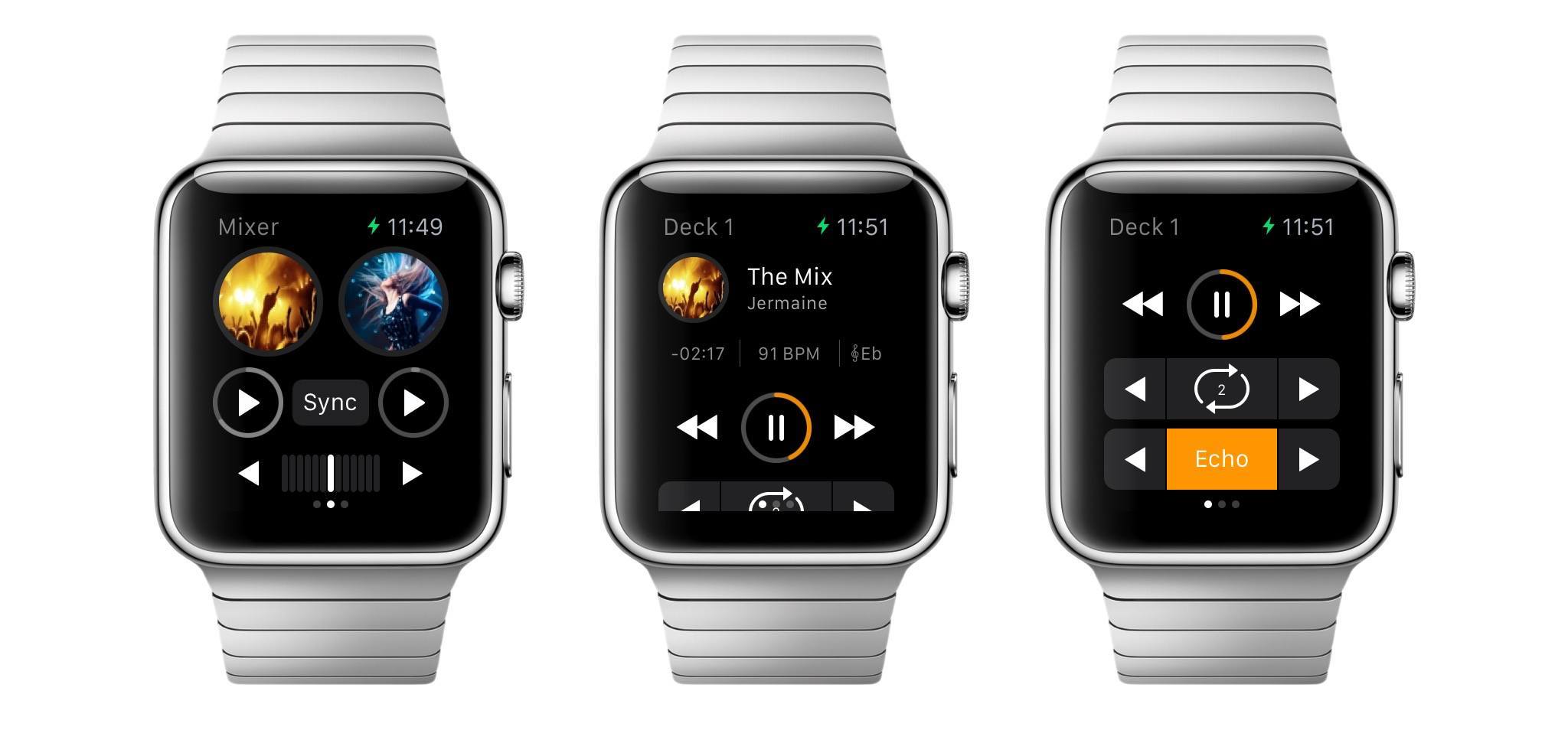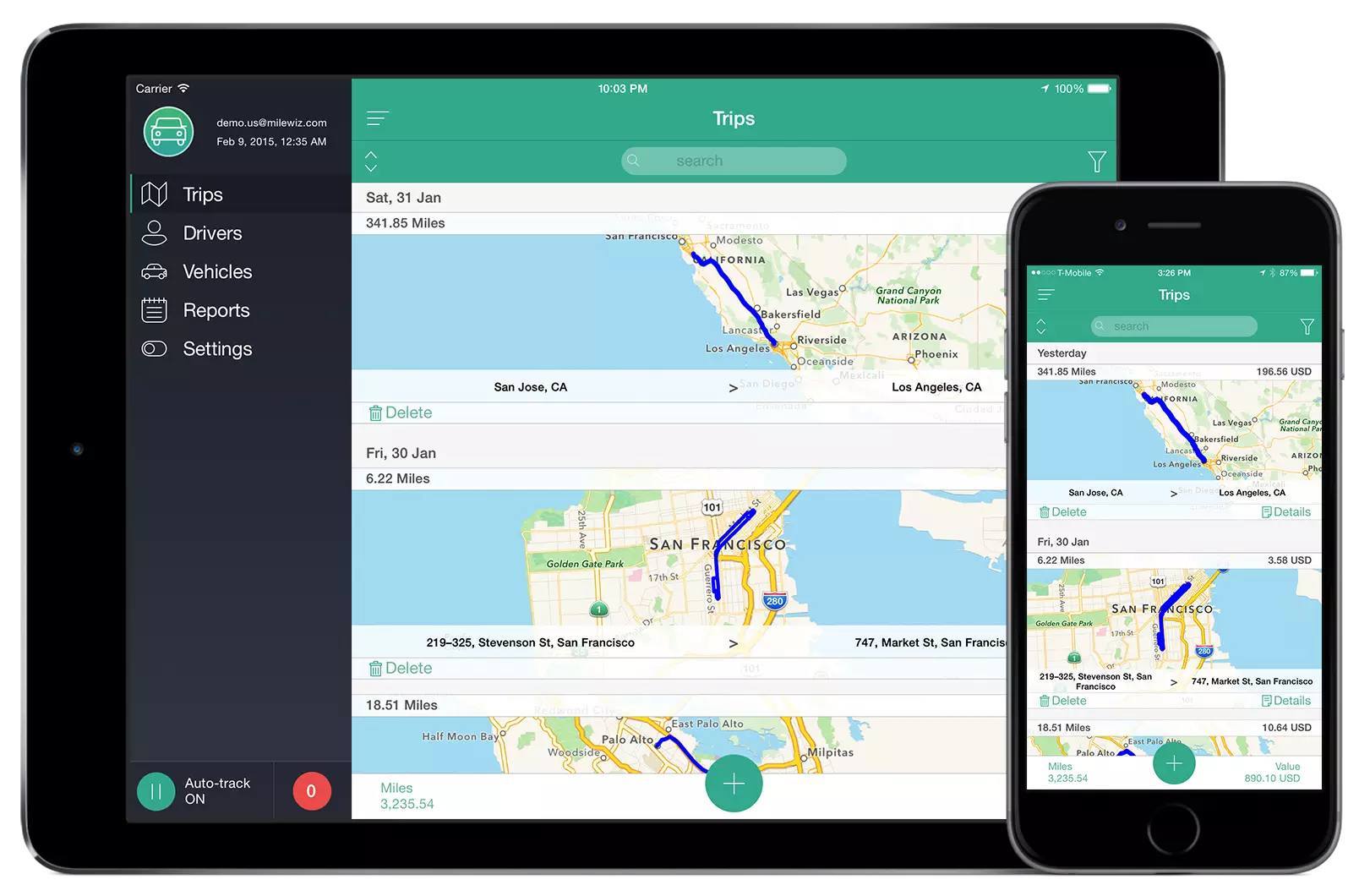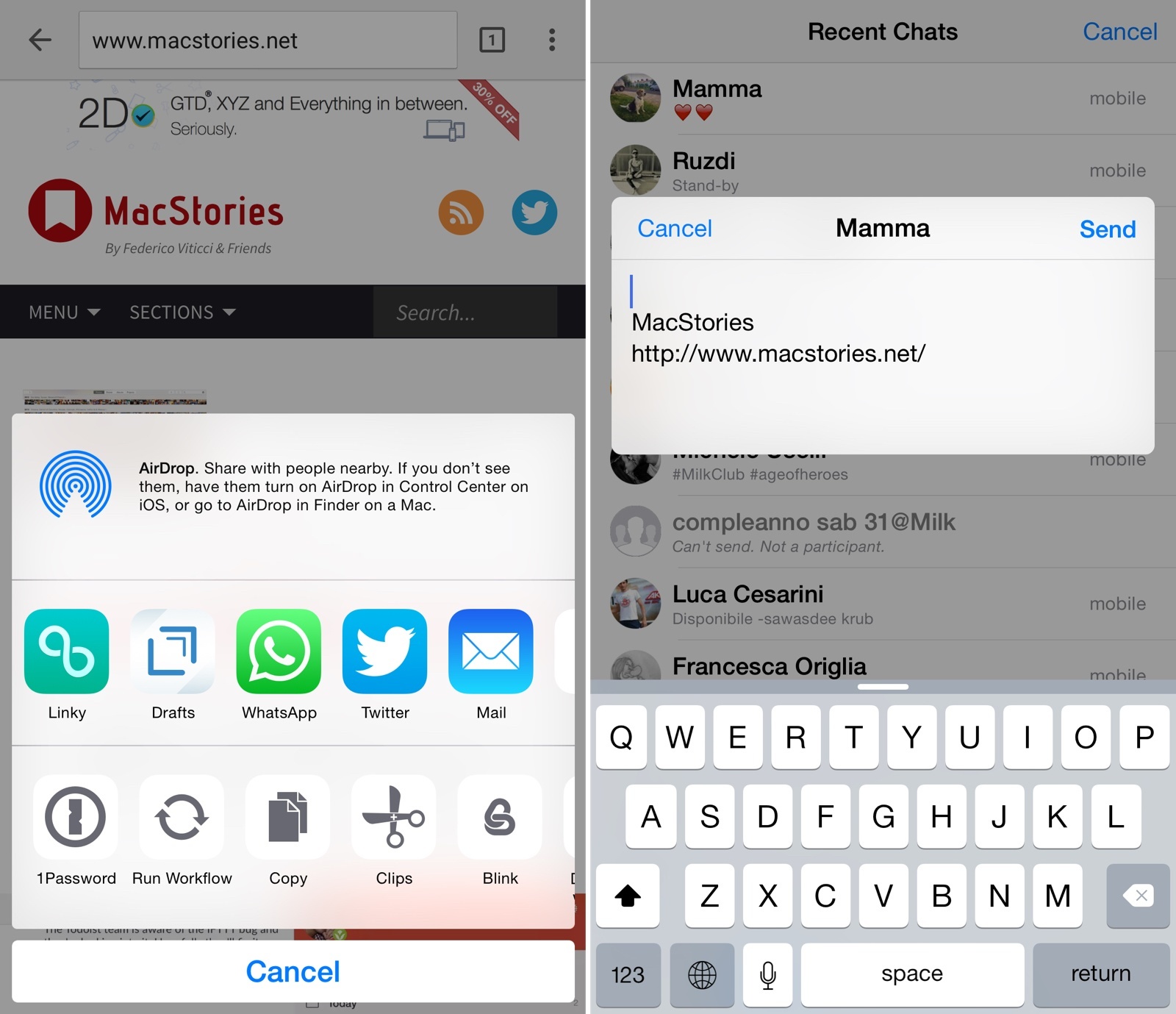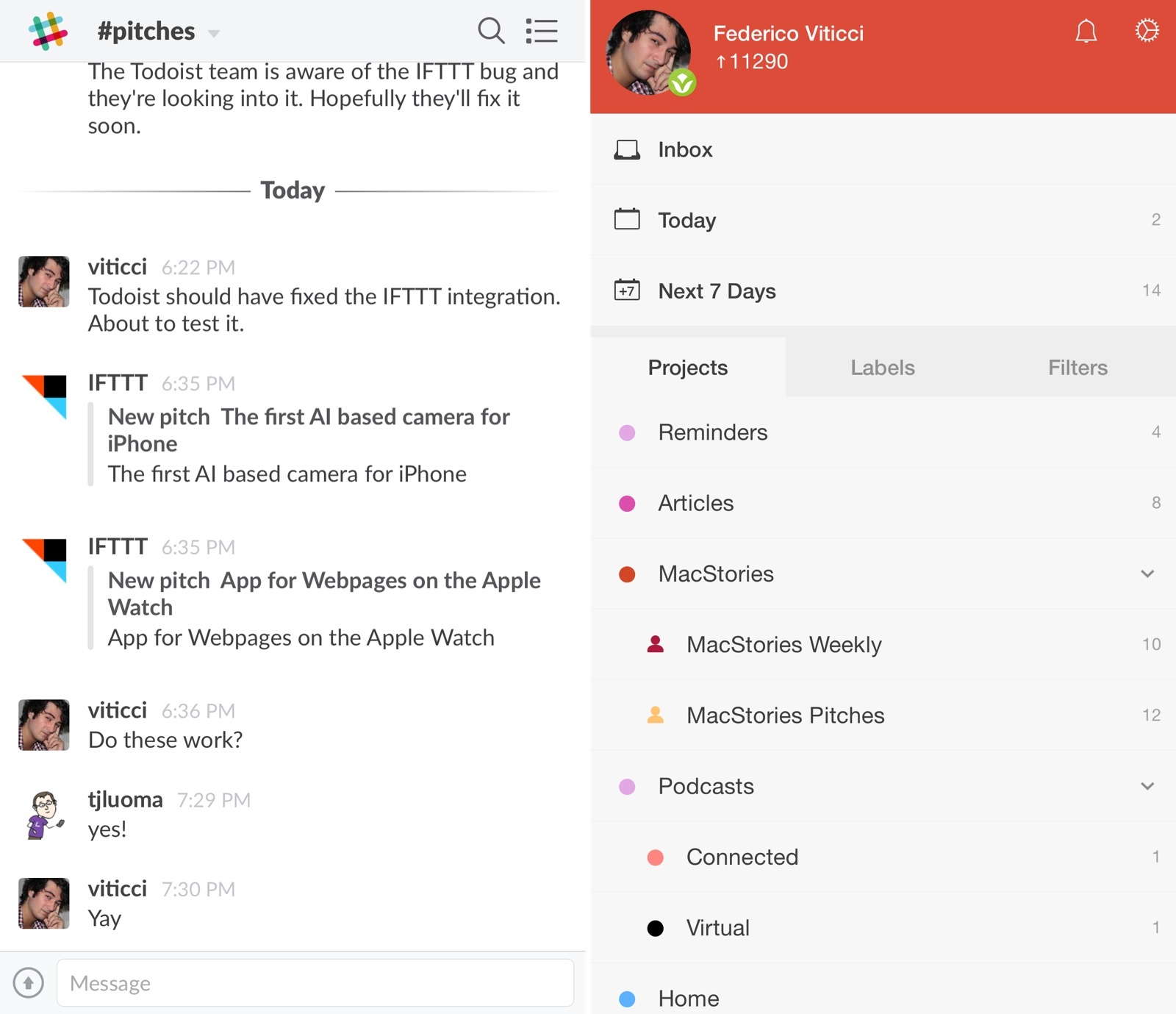MileWiz is an automatic mileage tracker that logs every drive you make using sophisticated algorithms.
If you drive a personal car for business then you can get tax deductions for your miles. Or, if you drive a company car you can get driver reimbursements. MileWiz makes that easy by recording all your trips automatically and allowing you to easily classify them by swiping left or right, with an intuitive interface that’s easy to use on both the iPhone and iPad. MileWiz lets you categorize drives with gestures, supports multiple drivers/cars and working hours, and it even lets you assign clients and tags for your trips.
MileWiz features SmartDrive – a technology for auto-detection of drives that’s superior to anything on the market. The way most mileage trackers work is that they only record your start and end points and route between them. That often results in wrong route data and you may face penalties if challenged by the IRS or your employer. MileWiz detects your entire route and does this in a way that won’t drain your battery. MileWiz monitors multiple sensors on your device to determine speed and acceleration, and it also automatically adjusts its precision based on your speed and the area you’re driving in, giving you the most accurate trip route with the least battery usage.
Furthermore, MileWiz will soon be available for Apple Watch, with a glanceable UI meant to check the app’s status and categorize trips.
MileWiz is supported in six countries (you can find the full list here) and is free for 20 drives a month; you can upgrade to unlimited drives for $4.99/month or $49.99/year. You can download MileWiz for free from the App Store.
Our thanks to MileWiz for sponsoring MacStories this week.





